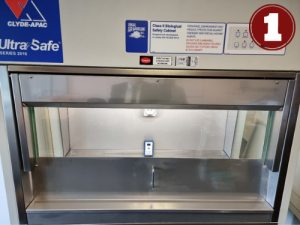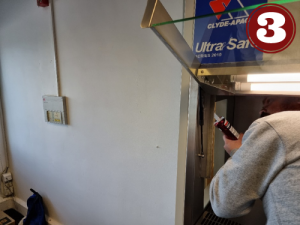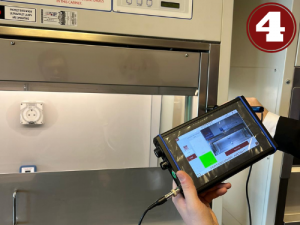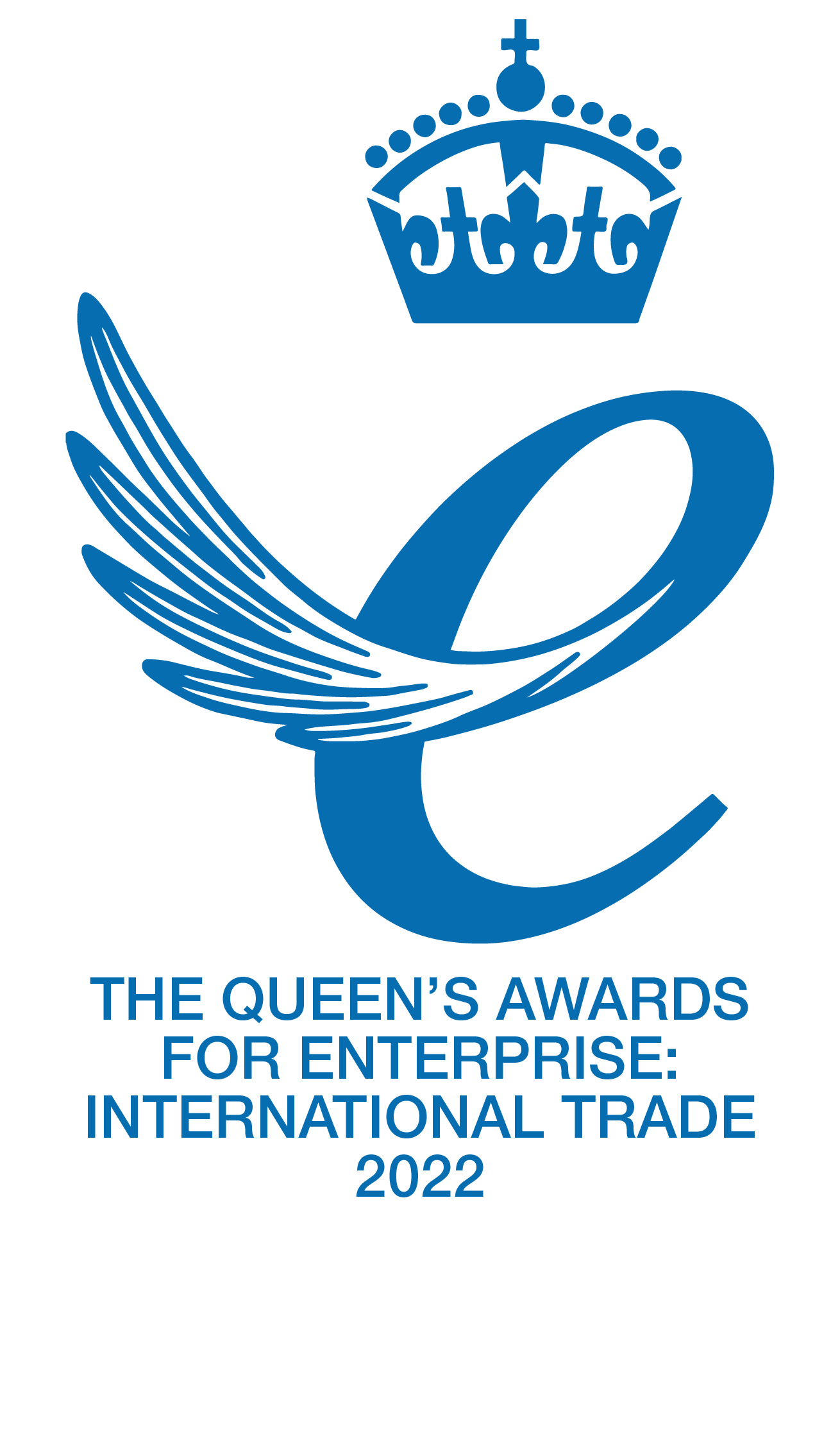Biological Safety Cabinets are used for the containment of potentially harmful pathogens or chemicals during, for instance, blood tests, in order to prevent infection spreading through laboratories.
Mr Angus Hodgkiss MPhys FDIRDI was invited by Mr Simon Young of AES Environment in Cramlington, Newcastle Upon Tyne, UK to test and trial the Portascanner® AIRTIGHT 520 on Class II Biological Safety Cabinets.


Both Class I and Class II Biological Safety Cabinets (BSCs), unlike Isolators, have a front opening. This means it is essential to ensure the seals on this opening are sufficiently airtight. Class II Biological Safety Cabinets usually operate at negative pressure, with extractor fans in the top of the cabinet to direct airflow into a HEPA filter. During normal use, these fans will create sufficient airflow to keep users safe. However, these cabinets often require regular fumigation to prevent cross-contamination or for decontamination before any routine maintenance. During fumigation, these cabinets are not pressurised and so must be well sealed so as to ensure that the fumigant is properly contained and that the cabinet is completely decontaminated.


Testing
Testing of the Class II Biological Safety Cabinet was very successful.
Our Portascanner® AIRTIGHT 520 Precision Generators are ideal for this application as they are small enough to fit easily inside BSCs and have adjustable power to suit a variety of large and small spaces.
- Each area of the cabinet was tested (front, back, sides, top)
2. The Portascanner® AIRTIGHT 520 identified significant leakage through the side panel of the cabinet, as well as through the top and both sides of the window frame3. For the sides of the window frame, leakage was sealed on both sides with silicon4. Retesting the same areas immediately showed substantial improvement in the quality of the seal






